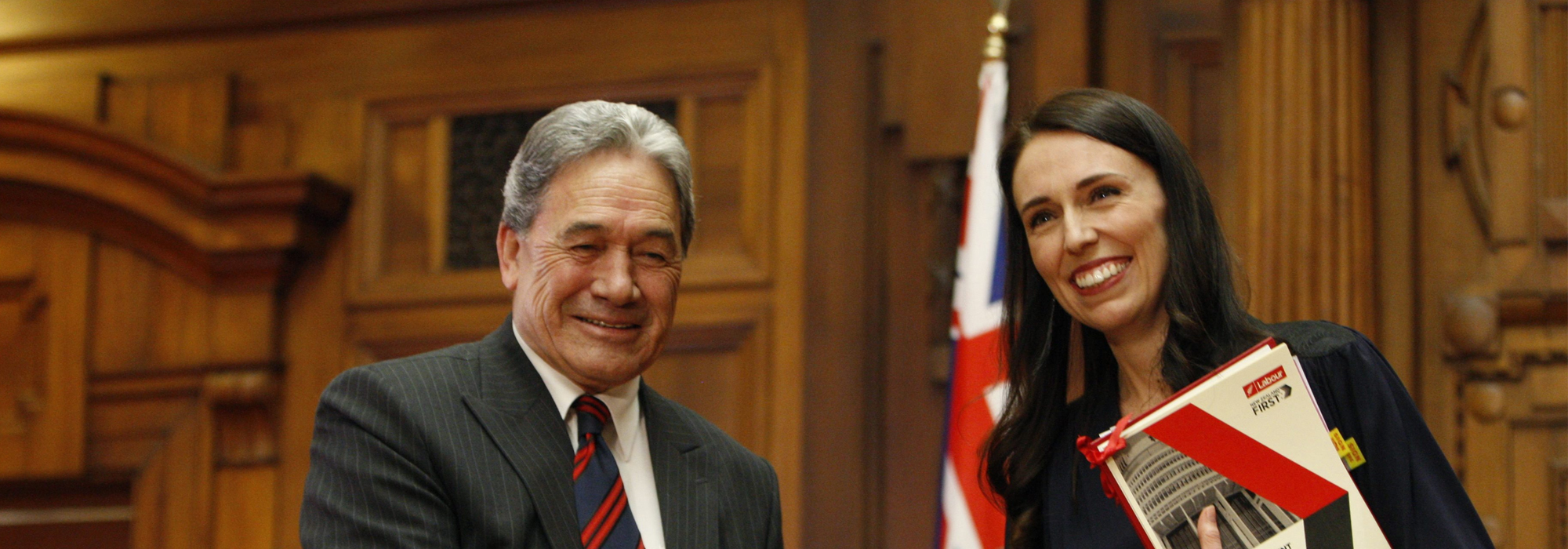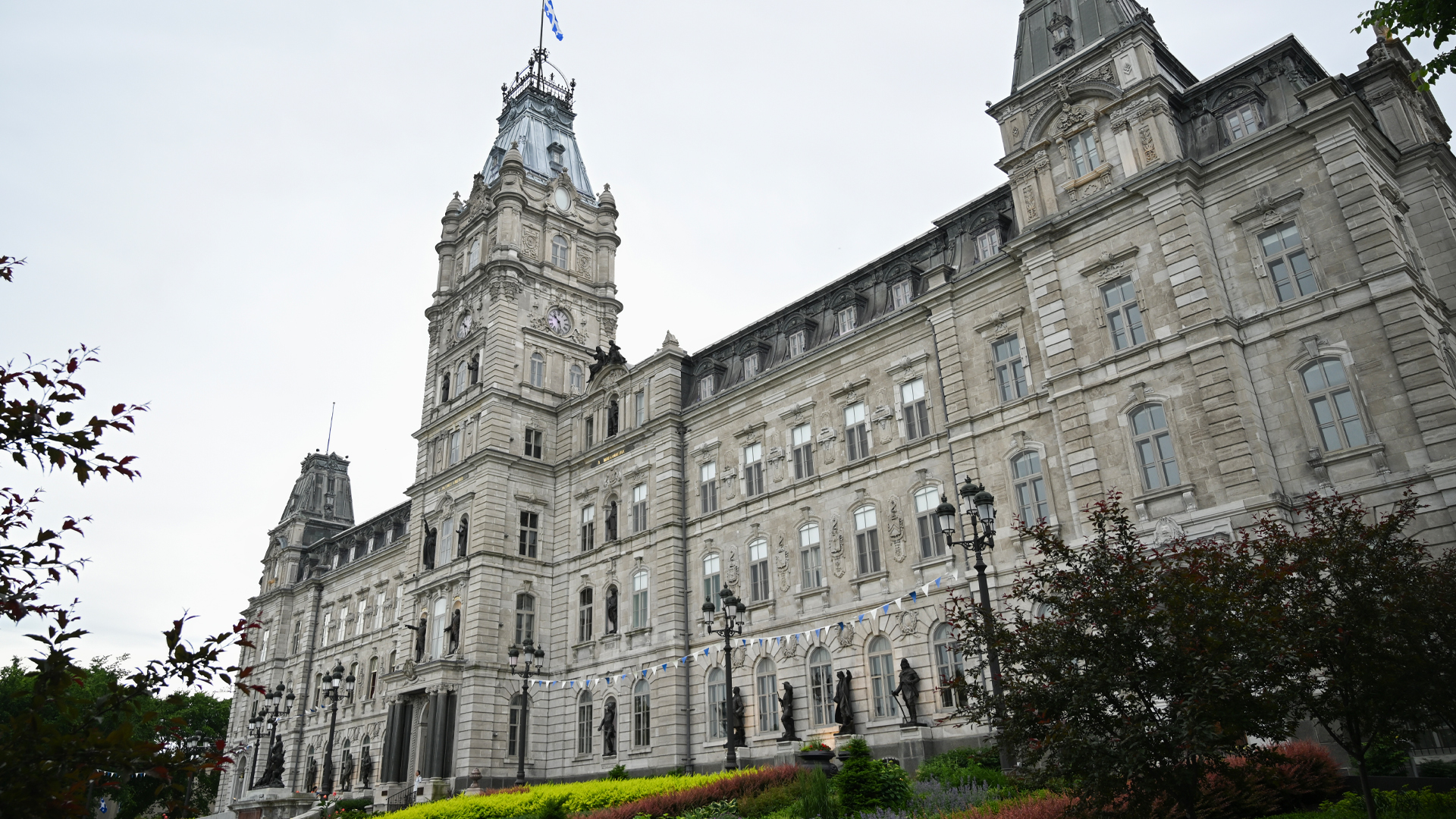
Although Justin Trudeau has abandoned promises for electoral reform at the federal level, the issue remains very much alive in Canada. Voters in British Columbia will be asked next year whether they want to adopt some form of proportional representation for use in their provincial elections.
Having spent some time living in BC, I was struck by the extremely close constitutional, cultural and even geographic similarities with my home country of New Zealand. Our experience with using proportional representation to elect our Parliament may thus be of some relevance when deciding whether it represents a desirable change for the province. I’ve already written an explanation in Policy Options of how and why New Zealanders originally chose to adopt a mixed-member proportional (MMP) voting system in 1993 (and then voted to retain it in 2011). And on September 23, we held our eighth election using this voting system.
The governing National Party attracted 44.4 percent of the votes cast, entitling it to 56 of the 120 seats in Parliament. The next-highest-polling party — the Labour Party — was behind National by 7.5 percent and 10 seats. An electorate used to a first-past-the-post “plurality rules” system, such as Canada’s, might expect that this result would guarantee the National Party another term in office.
However, note that in a proportional representation system, National’s share of the vote, while commanding, still left it five seats short of a parliamentary majority. And standing against it was a Labour-Green Party bloc holding 54 seats. So the ultimate decision on who would govern the country was given to the New Zealand First Party’s nine MPs.
After a 10-day period of “freestyle bargaining” with both National and Labour, New Zealand First announced it would form a coalition government with Labour. Coupled with guaranteed parliamentary support from the Green Party (which also has ministers in the government), this deal delivered 63 seats in Parliament and so the basis for Labour to govern. Labour Leader Jacinda Ardern was sworn in as prime minister.
But what about National’s dominant electoral performance and its status as the largest party in Parliament? Surely this result should have entitled it to continue in government?
Certainly, some New Zealanders — mainly supporters of the previous National government — believed so. One commentator, a former cabinet minister to boot, even went so far as to describe the outcome as “a coup.”
This was not the view of the outgoing National Party prime minister, however: “Right now we’ve just got to suck it up. It’s the rules we play by and it’s a legitimate result under those rules.” And he is right about that.
Any form of proportional representation, including MMP, requires political parties to negotiate and form postelection governing arrangements. That is because such voting systems make it very, very difficult for any one party to gain the overall parliamentary majority needed to govern alone.
Or, as explained in an overheard conversation between two supermarket workers: MMP is not like boxing, it’s like a pub fight. It doesn’t matter how tough a party is by itself — if it has no mates, then it’s going to lose.
National’s problem was that it fell victim to its own electoral success. During its previous nine years in government it had effectively absorbed all the support from voters on the centre right of New Zealand politics, leaving it with no significant natural allies in Parliament.
In comparison, the centre left remained divided between the Labour and Green parties, which then had much more policy overlap with the socially conservative but economically nationalist New Zealand First Party. This overall policy coherence is reflected in an analysis of the governing agreements the three parties reached:
The agreements show the new Government’s policies are broadly supported by most of the electorate, even if the single largest party isn’t. The smaller parties got one or two small policy wins that neither knocked the major party off its main track nor have shocked the public and the financial gatekeepers with their extremism.
That governing outcome is consistent with New Zealand’s general experience of MMP. By requiring different parties to negotiate and compromise in order to govern, governments tend to hew more closely to the preferences of the median voter. Equally, the strictures of the negotiation process limit the power that smaller parties possess, as larger parties know that giving excessive policy concessions will alienate the median voters that they represent.
In 2017, this process of a post-MMP election negotiation has resulted in three parties combining together to form a majority government that excludes the largest party in Parliament. It is the first time that this has happened in New Zealand’s 21-year experience of proportional representation. But it is exactly the sort of outcome that such voting systems can deliver, because what really matters in a pub fight is how many mates have got your back.
Photo: New Zealand First leader Winston Peters, left, and Prime Minister-designate Jacinda Ardern shake hands after signing a coalition agreement on Tuesday, Oct. 24, 2017, in Wellington. (AP Photo/Nick Perry).
Do you have something to say about the article you just read? Be part of the Policy Options discussion, and send in your own submission. Here is a link on how to do it. | Souhaitez-vous réagir à cet article ? Joignez-vous aux débats d’Options politiques et soumettez-nous votre texte en suivant ces directives.







